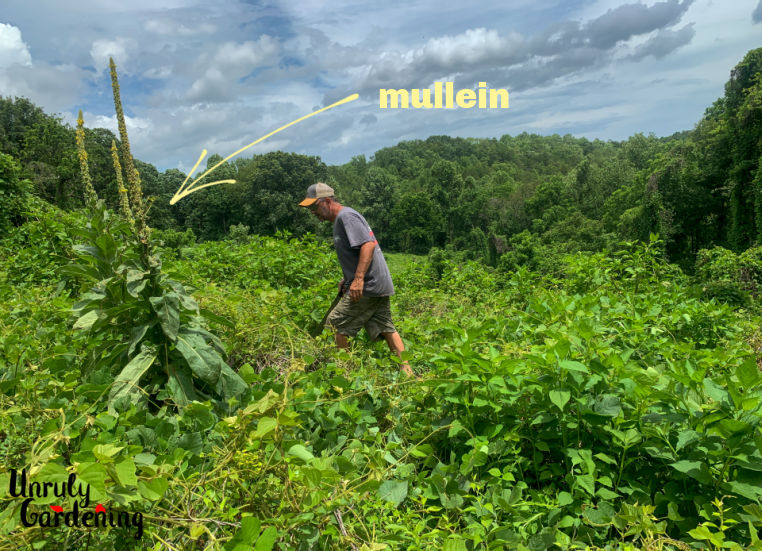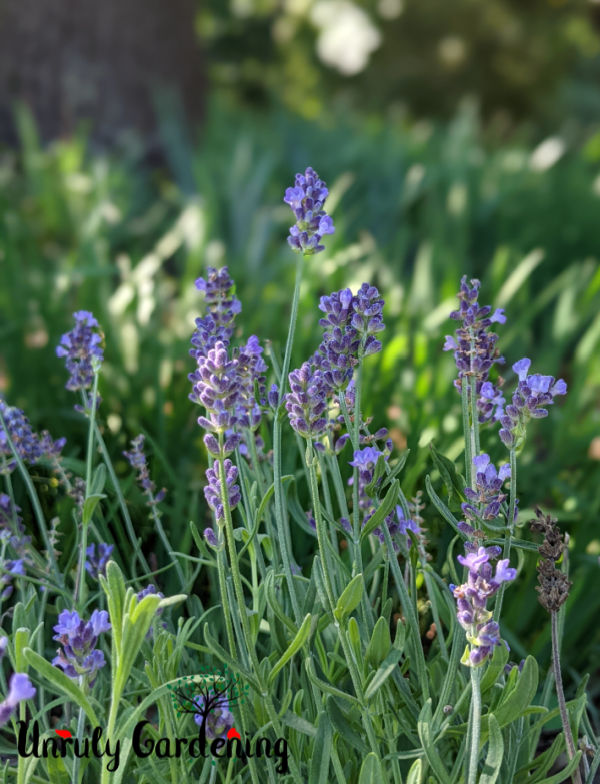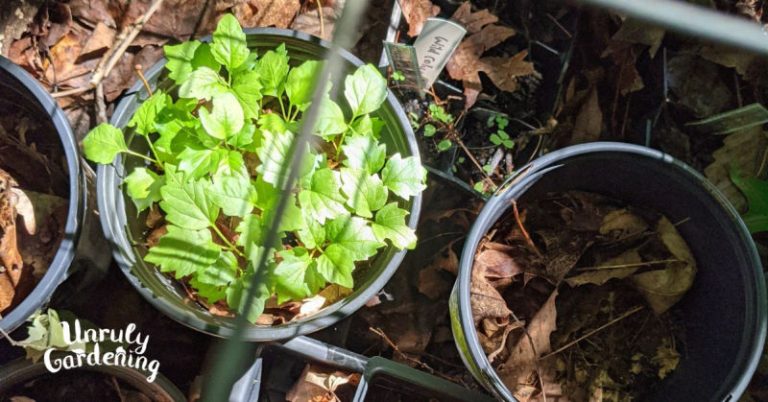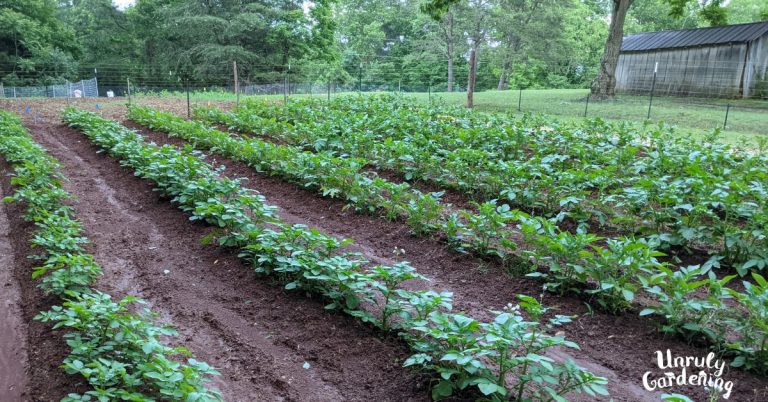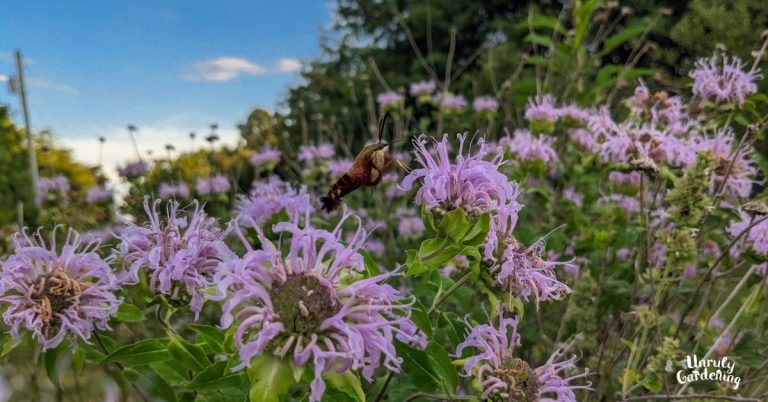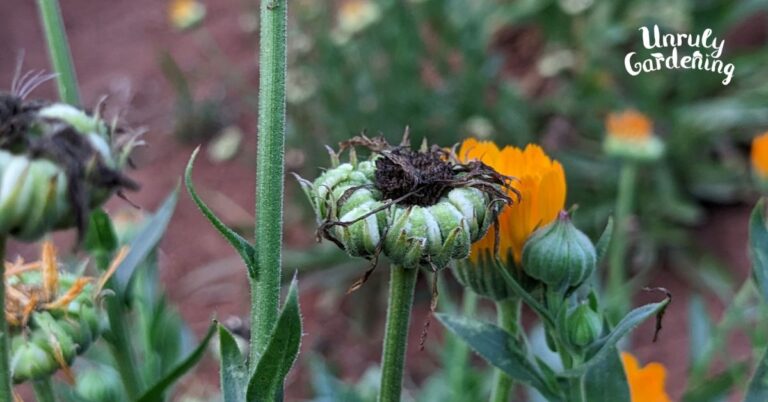Balsam – Growing and Care
(Impatiens balsamina) An annual flower that thrives in the heat, these plants have seed pods that burst open with just a gentle squeeze when fully mature. This sends them off to join the ranks of plants that go by the nickname ‘Touch-Me-Not’, which, conversely, usually means that people go out of their way to touch them even more.

Basics
Balsam plants can be short, not even a foot, or several feet tall, depending on what variety you plant. Taller plants might blow over in the wind, but overall, balsam is a very hardy, easy to grow flower.
Starting the plants inside does give you a head start on blooms, and since they do take a bit to flower- about 2 months for many varieties- some people do like to do this. They get rootbound very quickly though (in this humble author’s experience), so watch your container size!
It won’t harm anything if you direct-seed your balsam- you’ll just have slightly later blooms than the indoor-starts. Balsam also reseeds itself, if the seedpods are left alone. So wherever you plant it, keep an eye out for little balsam sprouts next year!
Watering
Balsam does like its water- you can tell when it’s too dry when the leaves on the whole plant go sad and limp. However, this only applied for me when the plants were in containers inside, awaiting transplanting. Once they were outside, transplanted, and established, they took off and grew wild without any additional help whatsoever. While the tomatoes were struggling and slowly being crisped by the sun, the balsam was happily blooming away!
Fertilizing
Balsam is a ridiculously tough little plant that does an excellent job at getting everything it needs from your soil. If they start to look a little sad, though, a very, very watered-down dose of fish emulsion might give them a little boost!
Additional Care
All you really need to do for balsam, beyond giving them a little patch of earth to grow in, is collect the seed pods when they ripen so you can have even more balsam next year! Post on that process coming soon!

